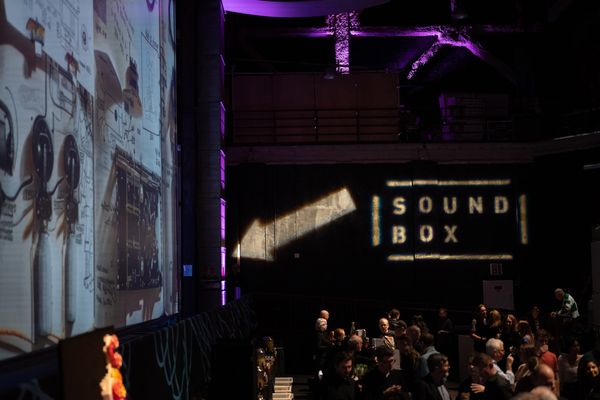The creative pairing of Matt Damon and director Paul Greengrass has yielded two gripping sequels to The Bourne Identity (2002) and now Green Zone, another skillful exercise in breakneck storytelling that finds Greengrass questioning the sincerity of America’s search for weapons of mass destruction in Iraq.
It is 2003, and Army Chief Warrant Officer Roy Miller (Matt Damon) is hunting for Saddam Hussein’s rumored WMDs, but finding little to justify his search, much less America’s occupation of foreign soil.
Miller dares to question the veracity of intelligence, gleaned from a confidential source known only as “Magellan,” that points his unit in the direction of alleged bomb-making plants. In their place, he finds, in one instance, a dilapidated toilet factory, and mounting evidence that Operation Iraqi Freedom was sold to skeptics on a thinly disguised lie.
Brian Helgeland’s story, inspired by Washington Post national editor Rajiv Chandrasekaran’s critique of America’s reconstruction of Iraq, is the basis for Greengrass’ second movie about Sept. 11 and its messy aftermath, after the chilling United 93 (2006). It is at its best when considering the political implications of Miller’s indignation, rather than surrounding him with routine action set pieces.
The movie’s visual style – grainy, gritty and reflective of Greengrass’ fondness for long (sometimes too long) takes and jittery camerawork – will inevitably invite comparisons to the Bourne sequels, as well as to The Hurt Locker, which also featured Barry Ackroyd’s neo-realist cinematography. Yet as a mix of formidable effects and stunt work, Green Zone is not as compelling as The Bourne Supremacy (2004) or The Bourne Ultimatum (2007), nor does it approach the fate of its characters with the gravity of The Hurt Locker.
There are heroes (Damon and the reliable Brendan Gleeson as a C.I.A. agent not in step with America’s plan to dismantle the Iraqi military) and villains (Greg Kinnear, of Ghost Town, as a high-ranking government fabulist), but too rarely are their motivations revealed in other than the most obvious terms.
There is real energy here, however, a sense of urgency nearly vitiated by one particularly tiresome shootout but invigorated by Damon, who gives his conflicted hero the same authoritative presence that made Bourne so appealing. By now, Damon is an old hand at this sort of thing, but his intelligence shines through as always.
In Miller, a man who seethes with slow-burning fury as he uncovers a growing conspiracy to cover up a deception, he finds a bold voice of dissent, with a message that rings true – that the lives of soldiers are too valuable to waste on a war whose roots are so hopelessly tainted.
- Wine Country
- Holiday Gift Guide
- Holiday Recipes
- Events + Openings
- Workouts + Wellness
- Culinary Road Trip
- Community + Activism
- Cooking Videos
- COVID-19
- LGBTQ Pride
- Art + Design
- popular
- Test
- San Francisco
- East Bay
- Oakland
- Marin
- Silicon Valley
- Tahoe
- Secret Recipe
- Foodie Agenda
- Drink Here Now
- The Big Eat
- Play
- Tech
- Weddings
- Top Stories
- From Our Partners
- Property Porn
- Apartment Porn
- Brunch Topics
- Cannabis Insider
- Weekend Guide
- Monthly Agenda
- The Sunday Read
- Neighborhood Guide
- Best of San Francisco
- Most Popular
- Travel
- Dining + Restaurants
- Style Council 2016
- Cannabis
- 7x7 Hot 20
- 7x7 Cannabis Guide
- Bay Area Wellness Guide
- Shop Talk
- Music + Concerts
- Bay Area News
- News + Politics
- Restaurant Review
- Made in the Bay Area
- Style Council 2017
- Humor
- Manually populated
- Right Rail Most Read
- Sports
By
Related Articles




















